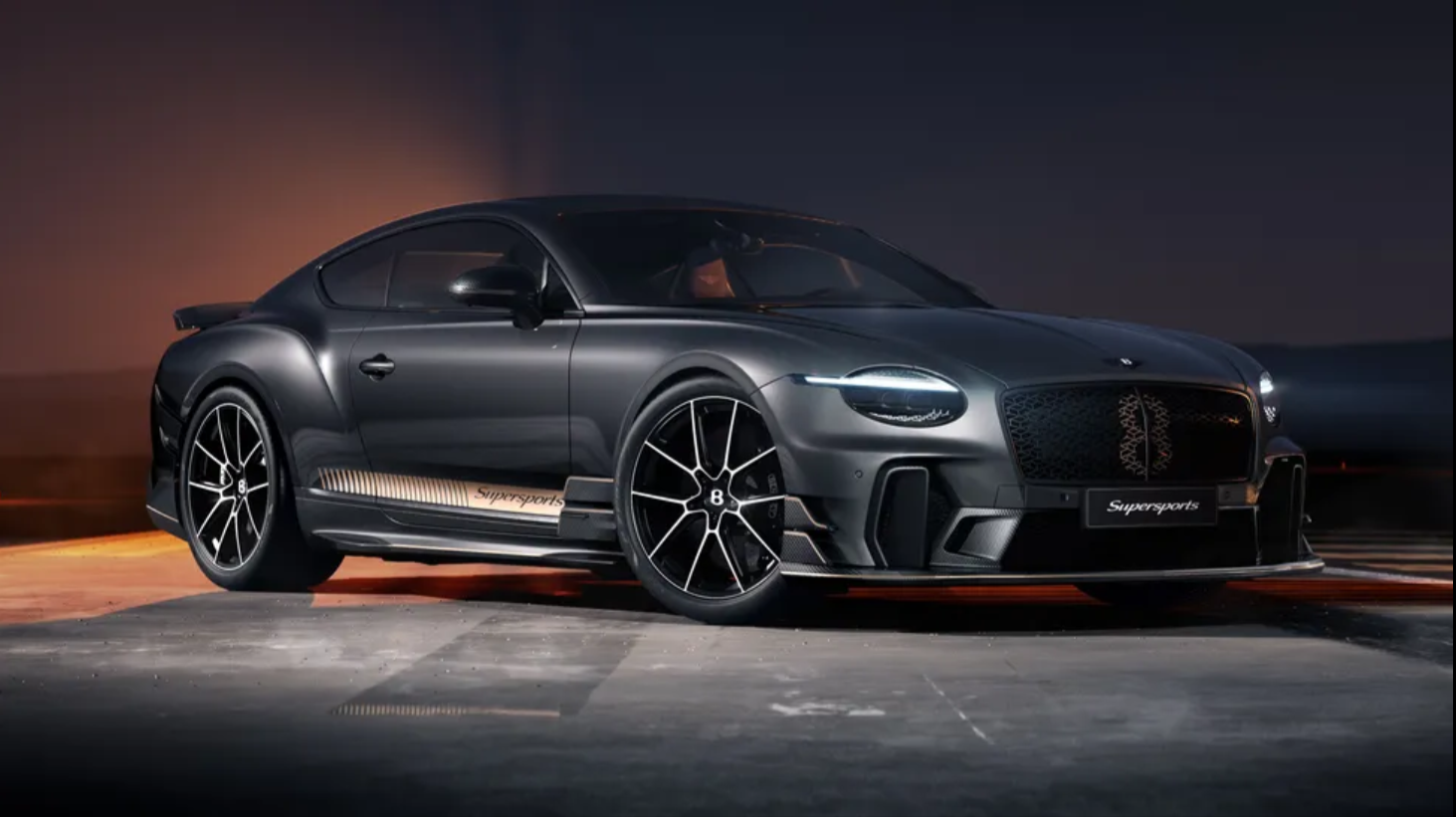For 74 years, Aston Martin has been producing the Vantage. After six years on the market, the two-door GT car's current version is getting a significant makeover. It went on sale in 2018. Imagine it as an ordinary mid-cycle makeover with all the technical details you really care about. Changes to the chassis, updated gearing, new camshafts, and so on. It also has a much nicer appearance.
These adjustments have produced a naturally striking outcome. With 153 horsepower more than the previous model, the Vantage's 4.0-liter V8 engine from Mercedes now generates an incredible 656 horsepower. This is the result of larger turbos, a different compression ratio, and the aforementioned cams rather than simply a few pounds more of boost. To control the temperature of the coolant and charge air, a total of three more heat exchangers have been installed. There is also a larger oil cooler. There seems to be a lot of heat in this situation.
The reliable 8-speed ZF automatic gearbox, which delivers power to the rear wheels through an electromechanical limited-slip differential, supports the AMG V8. To facilitate faster acceleration, the diff's final drive has been trimmed to 3.083:1, although this hasn't changed the Vantage's long-legged peak speed. The new Aston has a peak speed of 325 kph and can accelerate to 100 kph in only 3.4 seconds.
Similar to the original vehicle, the new Vantage is cemented together. This is referred to as bonding in the automobile industry. Because of the way the process works, Aston has chosen to take advantage of some freedom in the chassis building. An updated underbody that increases torsional stiffness has been fitted to the new automobile. Additionally, the business claims to have improved steering feel and increased the rigidity of the suspension mounting points by relocating one of the main front cross-members. Both lighter and stiffer is the strut brace.
The car's new Bilstein DTX adaptive dampers are able to function even better thanks to several improvements made to the chassis' stiffness in the back. Though it's difficult to put a number on paper, Aston maintains that there are real distinctions between the new and old configurations when it comes to performance.
The hardware modifications are all made possible by software. Aston claims that in order to increase performance and driver engagement, the car's electronic power steering, launch control system, and numerous traction-managing modes have all been adjusted. The business went into great detail on how each of these systems functions and gathers data, but how it all adds up on a winding route will be the real test.
The braking system, which consists of 360mm rear rotors with four-piston calipers and 400mm front steel rotors with six-piston calipers, brings all of this technology to a halt. An additional optional item is a set of carbon ceramics, which reduces unsprung weight by over 27kg.
The bottom line is to just take a look at the item, even if there are more changes occurring here than could be fairly described outside of a spreadsheet. It has significantly resurfaced the body panels and is more than an inch wider than the outgoing vehicle. The engine of this two-door GT automobile is mounted up front, with the drive going to the back wheels. You can only go so wrong with the proportions. The majority of this car has also already been seen by us in Daytona, but no one appeared to notice.
The new Vantage will start to be delivered in the second quarter of 2024, and price will probably be revealed at the same time.

















.jpg)


.jpeg)

.jpeg)
.jpeg)

